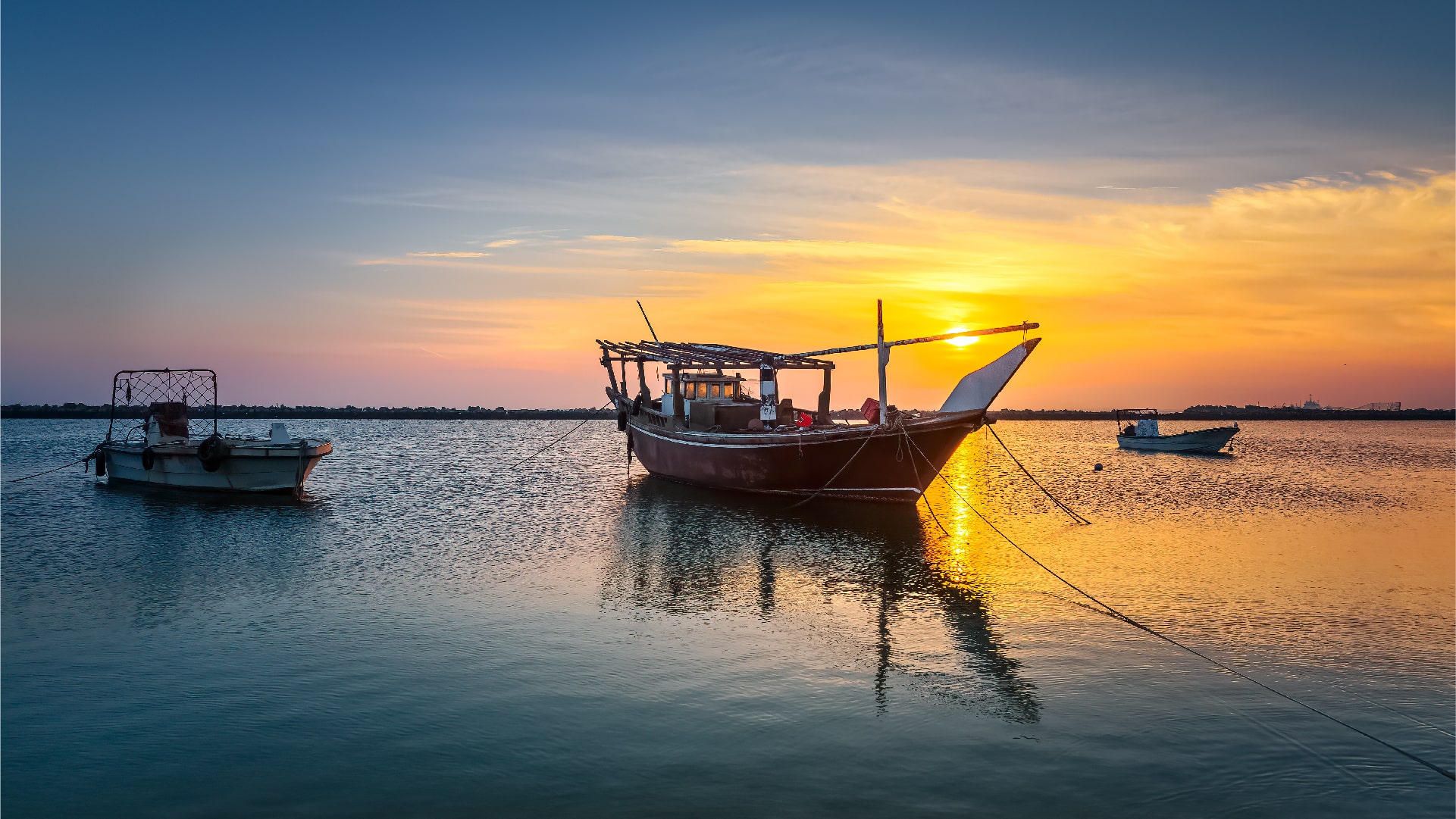
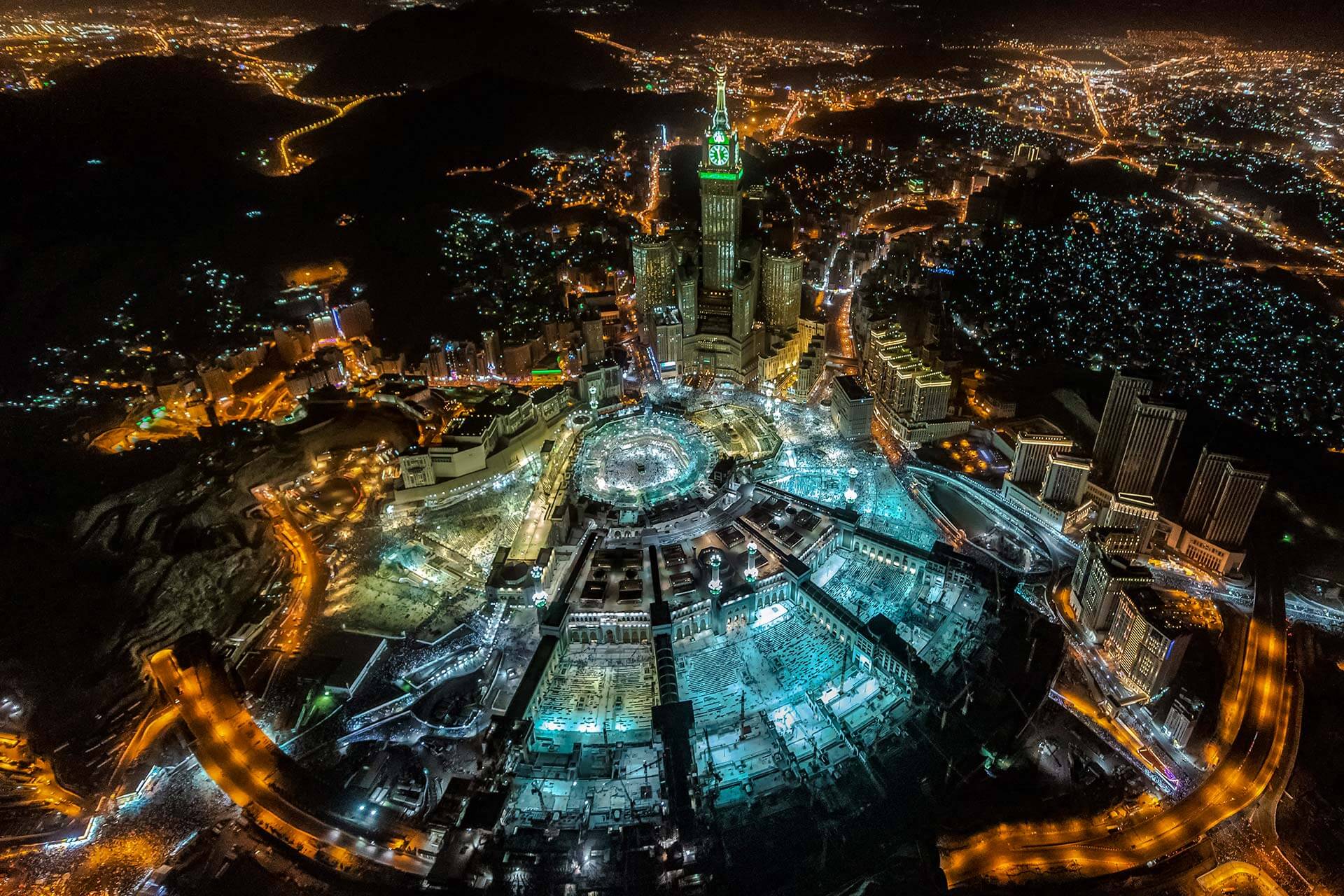
For many Muslims around the world, an opportunity to visit Makkah is the ultimate blessing. This is the holiest city in Islam: the birthplace of the Prophet Muhammad and the city where the Quran was first revealed to him. It’s also a fixture in observant Muslims’ daily lives, as they orient themselves toward Makkah to pray five times a day. The annual Hajj pilgrimage to the city is one of the five pillars of the faith, but millions of people journey to the city year-round to perform the shorter Umrah pilgrimage as well. The vast majority of the visitors are pilgrims who spend as much time as possible within the opulent complex of the Grand Mosque, which is a lively hive of activity at all hours of the day. But if you have time to spare once you’ve completed the required steps of the Umrah, the historic city has much to offer to complement your understanding of the region and the faith itself, from museums to landmarks that were backdrops to some of the most pivotal moments of Islam’s earliest days.
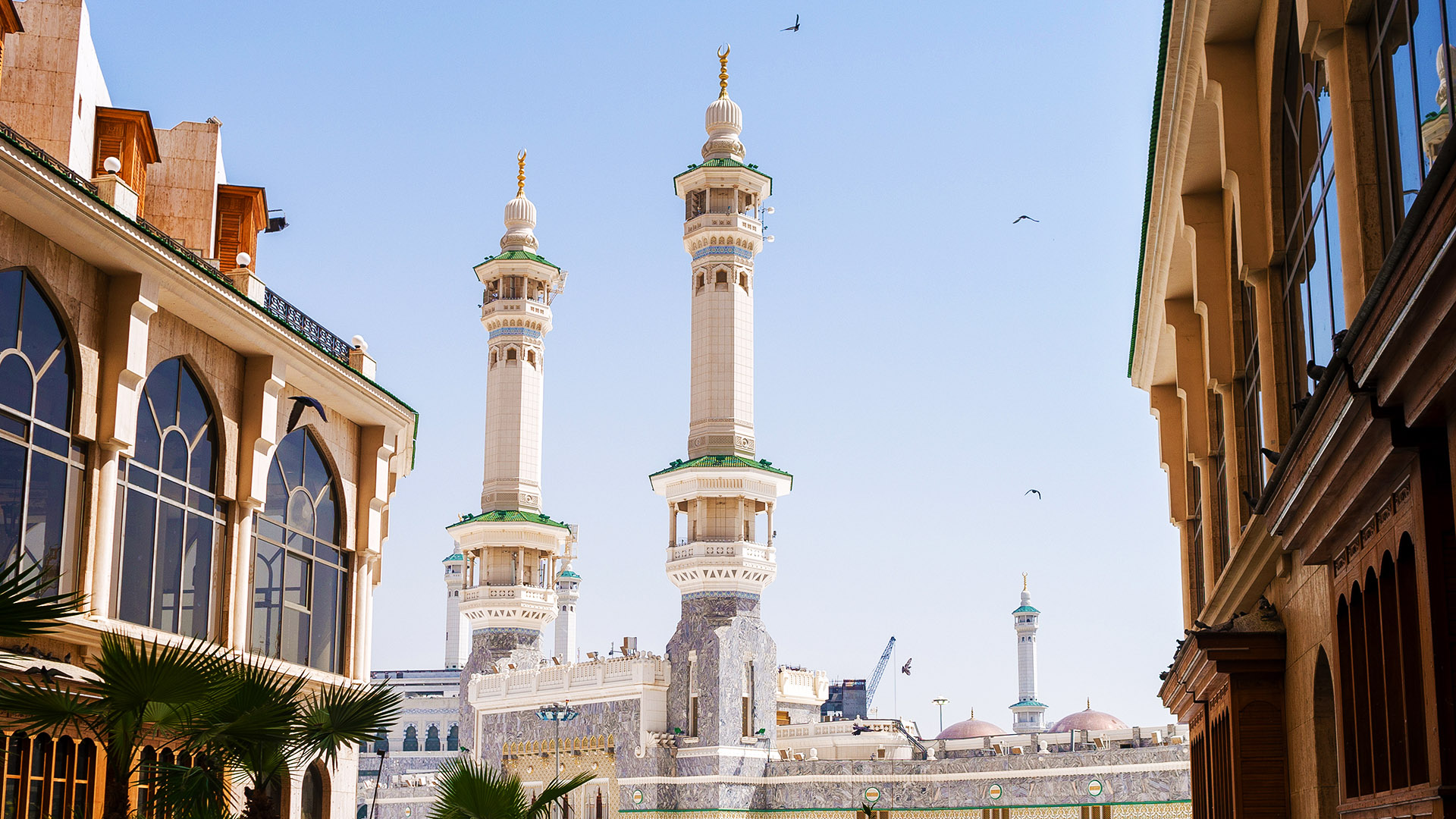
At Makkah’s heart is the expansive Grand Mosque, which can accommodate as many as 4 million worshippers. Its focal point is the Kaaba, the cube swathed in black silk with gold calligraphy at the center. The holiest mosque in Islam, this is where pilgrims perform the Umrah, by donning the appropriate attire and performing prescribed steps like the tawaf (walking around the Kaaba seven times) and strolling between the hills of Safa and Marwa seven times. If you have any questions about the steps, ask your travel agent for a pamphlet or pick up a book before you go.
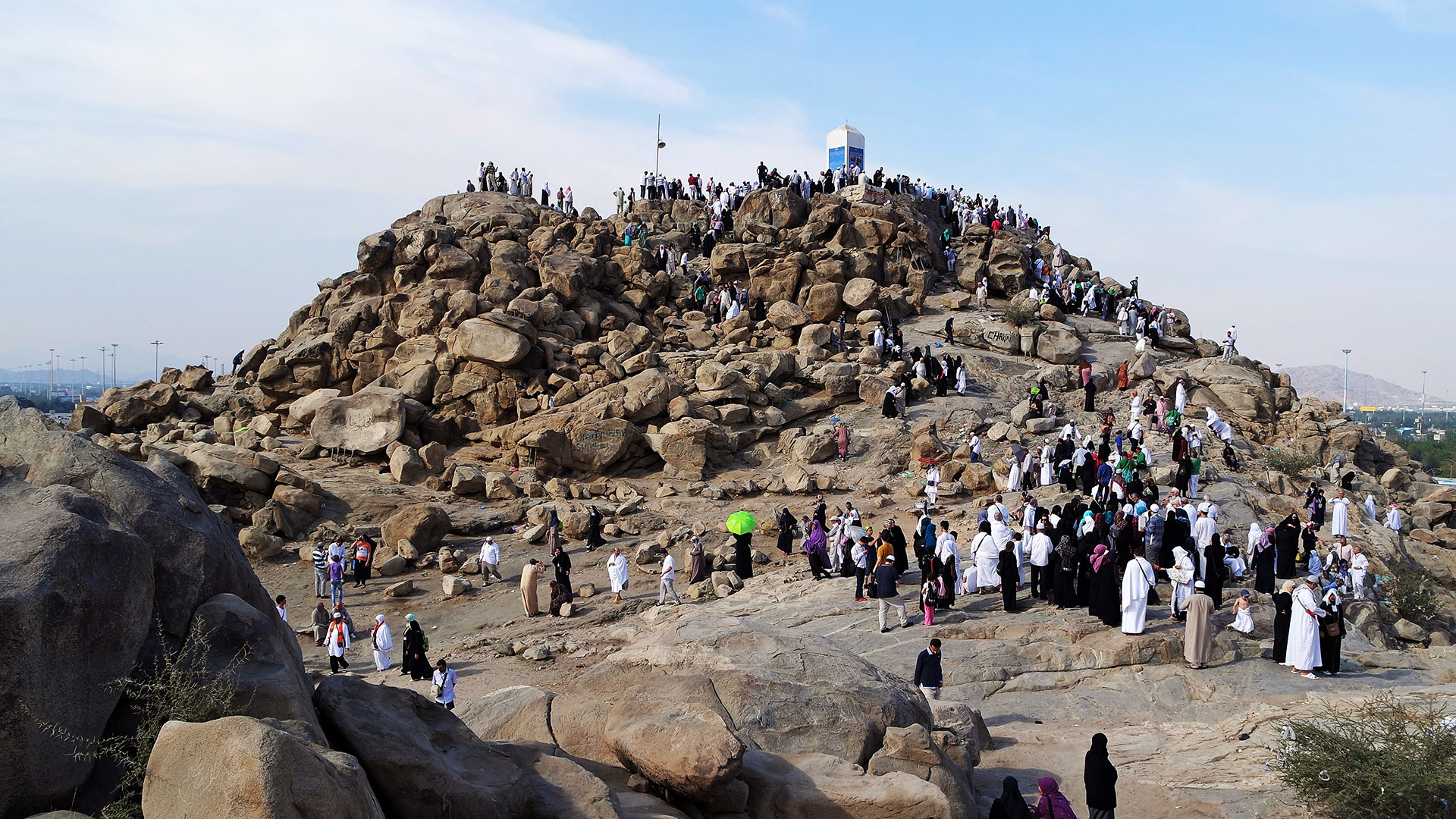
The annual Hajj pilgrimage takes place in the Grand Mosque and at other sites around Makkah over five days in the month of Dhul Hijjah and is typically booked as a package with guides to lead you through the full itinerary of rituals and prayers. During the rest of the year, however, most of the sites remain empty, so it’s well worth hiring a car to take you to see some of these significant landmarks without any crowds: the plains of Arafat, the valley of Muzdalifah, and the Jamarat, where the final ritual of the Hajj takes place.
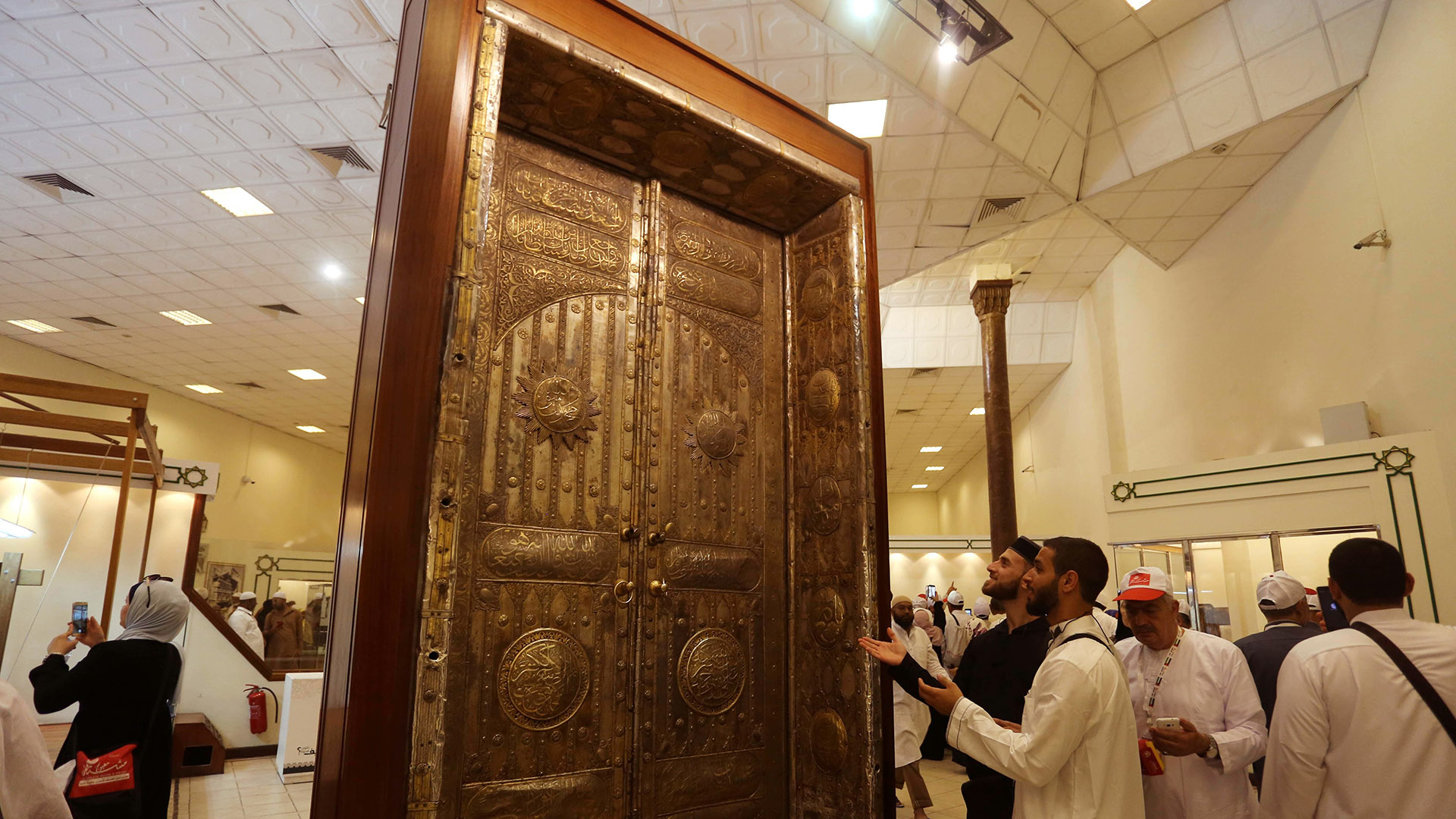
Makkah has a host of fascinating, intimate museums that shed light on the city’s history as the birthplace of Islam and a crossroads for travelers from all over the world for centuries. The Exhibition of the Two Holy Mosques guides visitors through the construction and many phases of the Masjid Al Haram in Makkah as well as the Masjid An Nabawi in Medina—browse intricate marble arches, reclaimed wooden doors and much more, saved and restored from previous iterations of the mosques. You’ll have to do some wrangling to get permission to visit the Kiswah Museum next door—though it’s still well worth the effort to see where the kiswah, the 670-kilogram black silk cloth draped on the Kaaba, is made by hand, and woven with calligraphic inscriptions done in threads made from real gold and silver. At the Makkah Museum, set in the opulent Al Zahir Palace, you can learn about the region’s pre-Islamic history, dating back to ancient rock art, and see some early-Islamic coins from Byzantine, Abbasid and Umayyad dynasties as well as rare copies of centuries-old Qurans and other important texts.